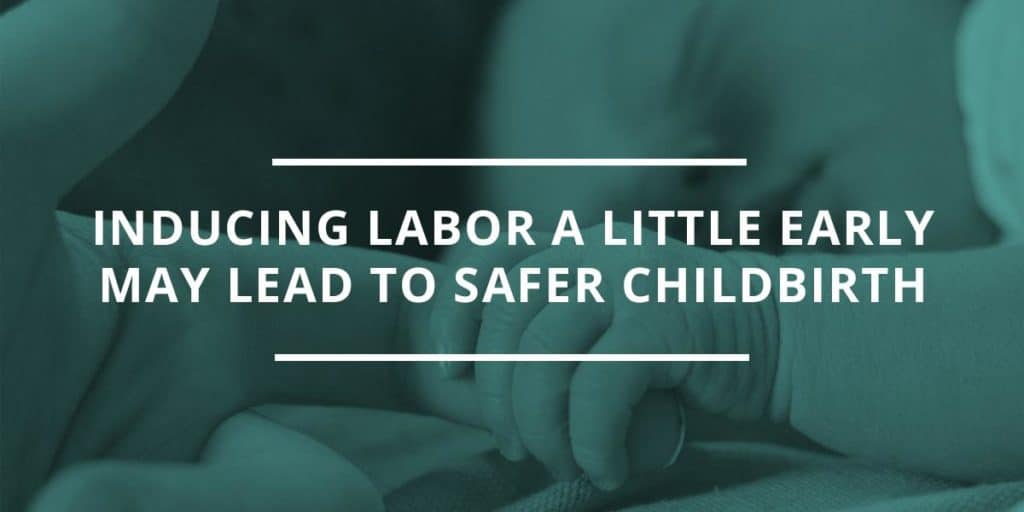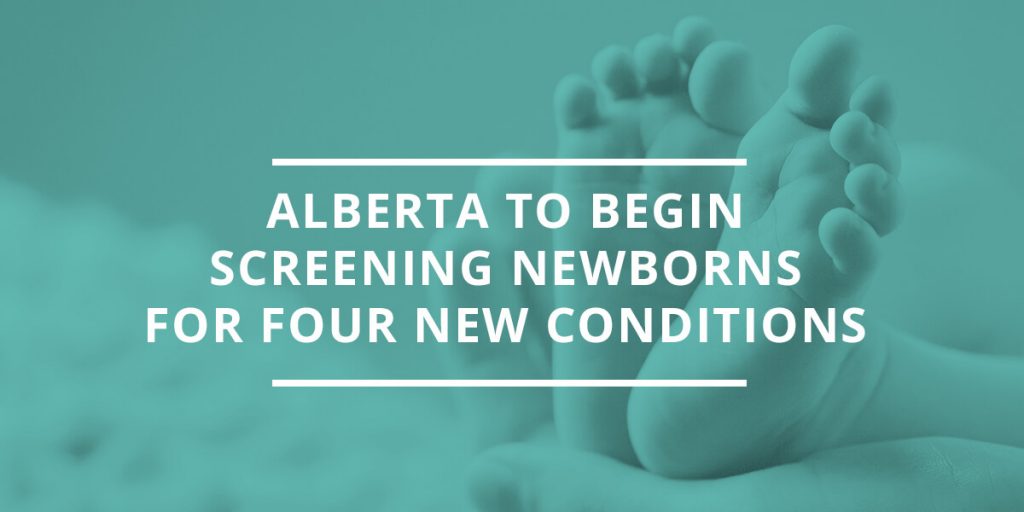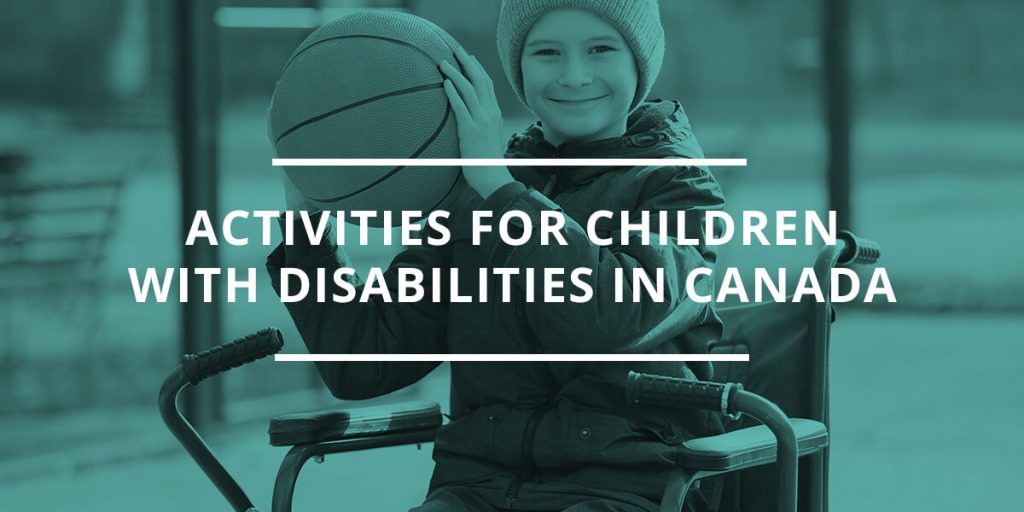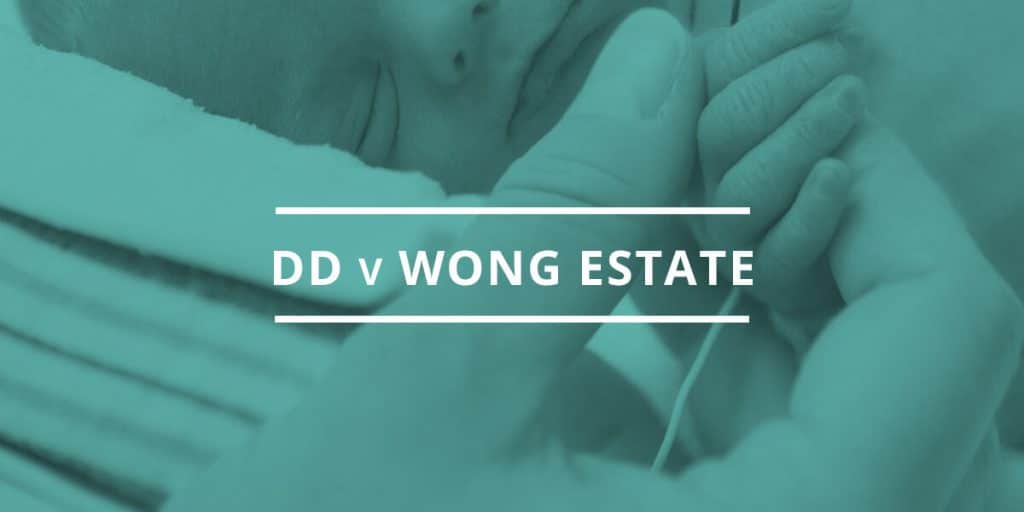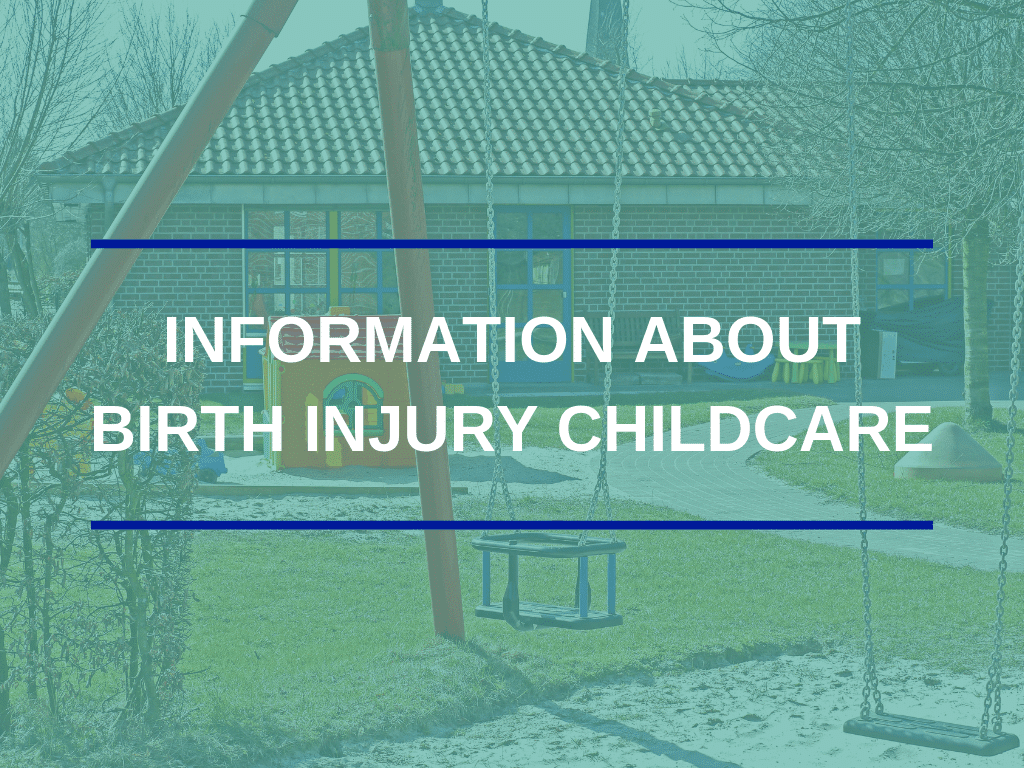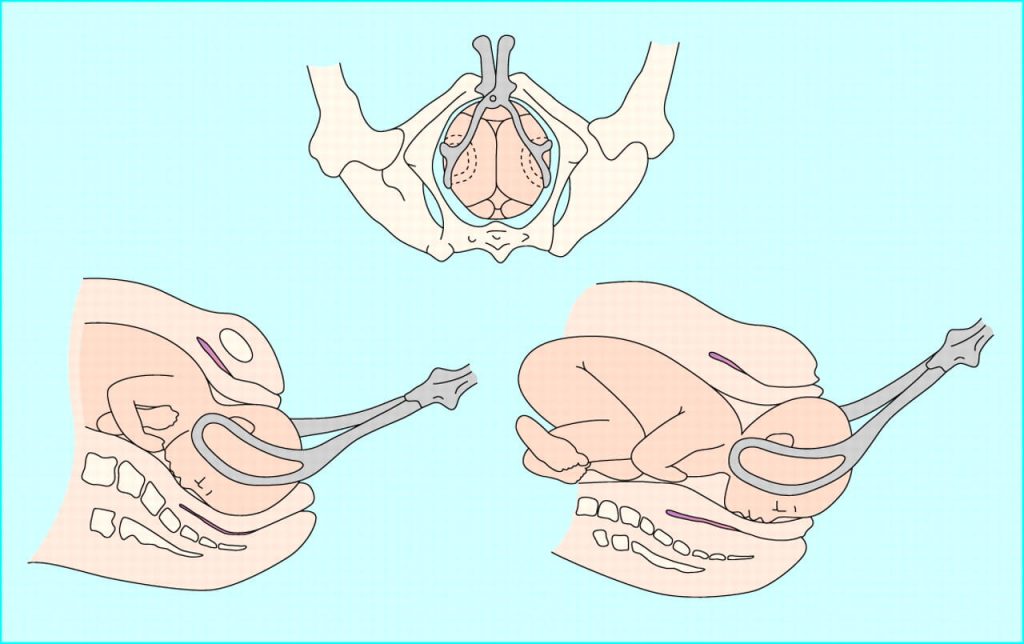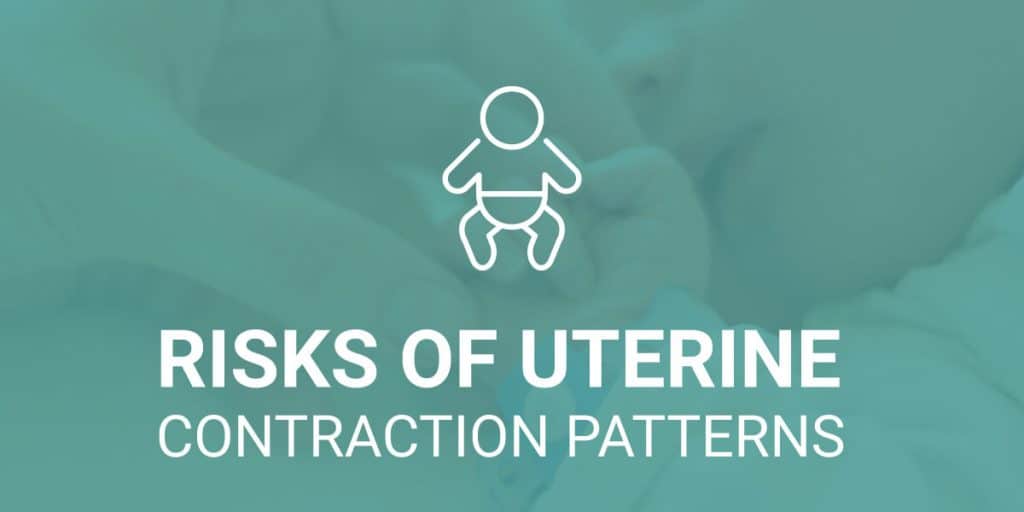Labor induction, or inducing labor, is when a health care provider will give a pregnant woman medicine or use other methods to stimulate uterine contractions before labor begins, and potentially break the amniotic sac to start labor a little earlier than the woman’s natural pregnancy progression. Any healthcare provider may recommend inducing labor for a […]
Blog
HIE: The First Year
Hypoxic Ischemic Encephalopathy (HIE) is a type of birth injury that happens when a newborn’s brain doesn’t receive enough oxygen due to decreased blood flow. The consequences of HIE depends on the severity of the diagnosis. Mild HIE cases can result in little or no long-term impact. A diagnosis of moderate HIE can mean intellectual, […]
Alberta to Begin Screening Newborns for Four New Conditions
Alberta Health Services officially introduced the screening for four new metabolic health conditions for every newborn child starting in late May, and the impact of these new tests were almost immediate felt through the diagnosis of a baby boy with Severe Combined Immunodeficiency (SCID) in early July. The boy’s name is Hudson Cowie, and he […]
Activities for Children with Disabilities in Canada
A non-profit organization known as ParticipACTION conducted a survey in 2018 based on the physical activity of Canada’s youth and the overall grade Canadian students received was a D+. The report card grade is a call to action for all young Canadians to get moving, and for the very first time, this report draws attention […]
DD v Wong Estate, 2019 ABQB 171
On March 11, 2019 the Honourable Mr. Justice W.N. Renke released his decision in DD v Wong Estate, 2019 ABQB 171. Weir Bowen lawyers Joseph Miller Q.C., Shelagh McGregor, and Ian Miller represented the Plaintiff LL, a growth-restricted infant who was born with a catastrophic brain injury. Damages were agreed upon prior to trial and the […]
Information about Birth Injury Childcare
Children who endure birth injuries will often have an array of disabilities that will last over the course of their lifetime. These disabilities may include cerebral palsy, in which a child has physical and cognitive disabilities therapy, treatment and lifelong care. Some birth injuries will only affect one specific area, for instance, mental impairment or physical […]
How is Cerebral Palsy Treated? What parents need to know
Cerebral palsy (CP) the diagnosis given to a collection of symptoms caused by an injury to the brain that impacts (among other things) muscle control. CP has many causes (including hypoxia during labour and delivery), a wide range of manifestations, and no known cure. So, if your child has been diagnosed with CP what type […]
How Does Cerebral Palsy Affect Social Development?
The creation and building of social relationships are one of many milestones that children affected by cerebral palsy may have difficulty in achieving. But how exactly does cerebral palsy affect social development, especially as children are learning how to walk, talk, and interact with others? Whether it is due to mobility, difficulties in communicating needs […]
Does Aspirin Use During Pregnancy Increase The Risk of Cerebral Palsy?
According to a study published in the International Journal of Epidemiology, the use of aspirin and acetaminophen during pregnancy has been linked to the potential development of cerebral palsy in unborn children. Researchers based in the Denmark’s University of Copenhagen analyzed nearly 190,000 mother-child pairs during this study and found that women who took aspirin […]
Birth Injury Myths and Facts
Distinguishing the facts from the myths surrounding birth injuries can be an overwhelming and stressful endeavor for current and future parents alike. No parent enjoys thinking about the thought of something happening to their child—or remembering that something has happened to them—but understanding the facts (and your legal options) can be an immense aid for […]
Problems After Forceps Delivery for Mother & Baby
New Study Shows that 1 in 4 Forceps Deliveries Cause Trauma to Mothers and Babies A recently published study of over two million one-baby deliveries conducted by the Canadian Medical Association Journal has revealed that, between 2004 and 2014, the rate of birth injuries involving forceps delivery has sharply increased from a rate of 19.4 […]
What is the Limitation Period for Your Birth Injury Claim In Canada?
Many parents of children injured at birth are surprised to learn the length of time that they have to start a legal claim as birth injury compensation on behalf of their child. In most provinces in Canada, the limitation period is suspended while the child is a minor, after which a 2-year limitation period typically […]
Fort Nelson, B.C. Cannot Support Expecting Mothers
Insufficient Staffing Closes Maternity Services A November 28, 2017 memo from Airport Way Medical Clinic announced the permanent discontinuation of Maternity Services in Fort Nelson, British Columbia. The memo stated the reason being is that there is simply not enough staffing support to ensure safe obstetric care. Expecting mothers of Fort Nelson are now unable […]
Lucas Warren – The New Face of Gerber
2018 Gerber Baby Search With thousands of hopeful parents and babies seeking to be featured in Gerber ads each year, the Gerber Photo Search contest has captivated the nation every year since its 2010 conception. The 2017 search proved no different as parents submitted over 140,000 photos of their smiling babies, with the hope that […]
Risks of Uterine Contraction Patterns
Main Takeaways: Uterine contractions can compress the blood vessels in the uterus, potentially interfering in the transfer of oxygen to the placenta and the baby. In a normal labor, one contraction every two to three minutes or less than five contractions in a 10 minute period is ideal. A uterus must rest between contractions, having […]
